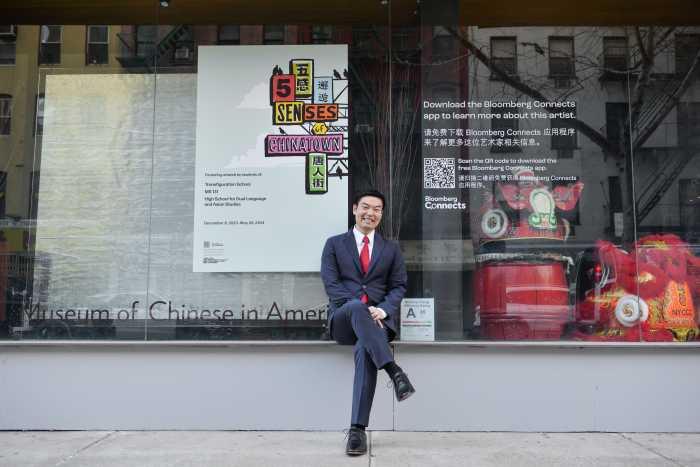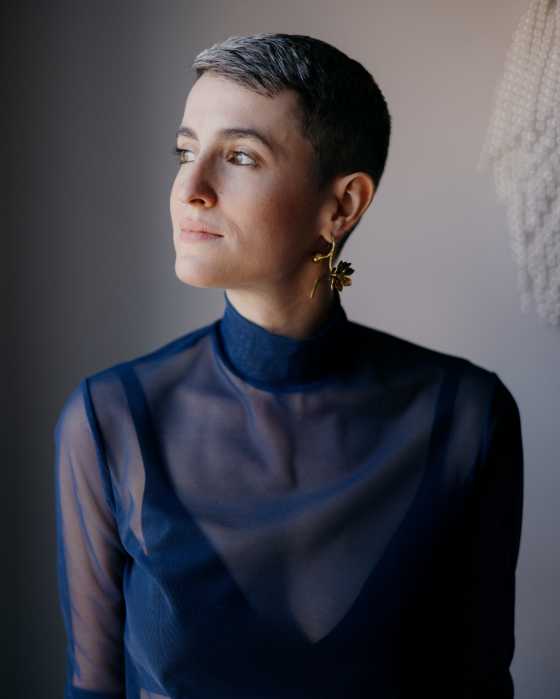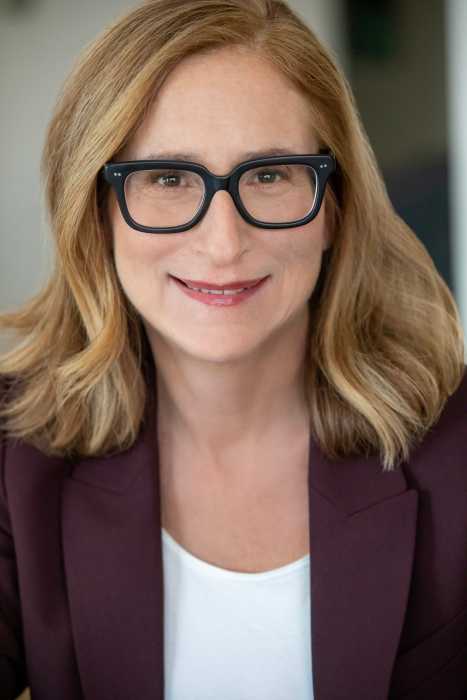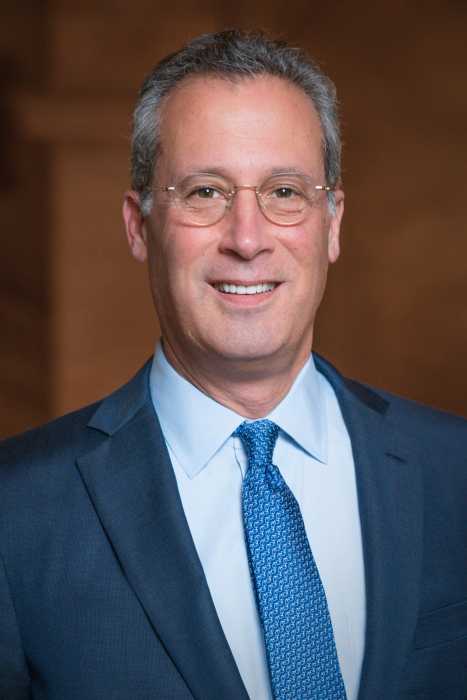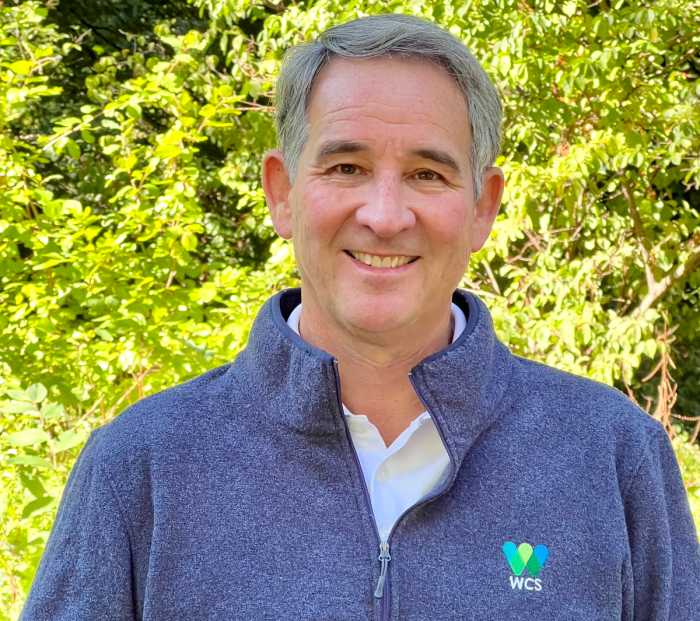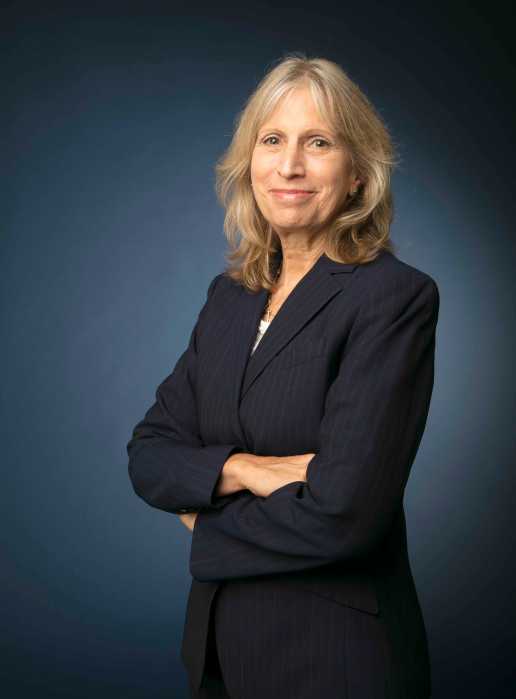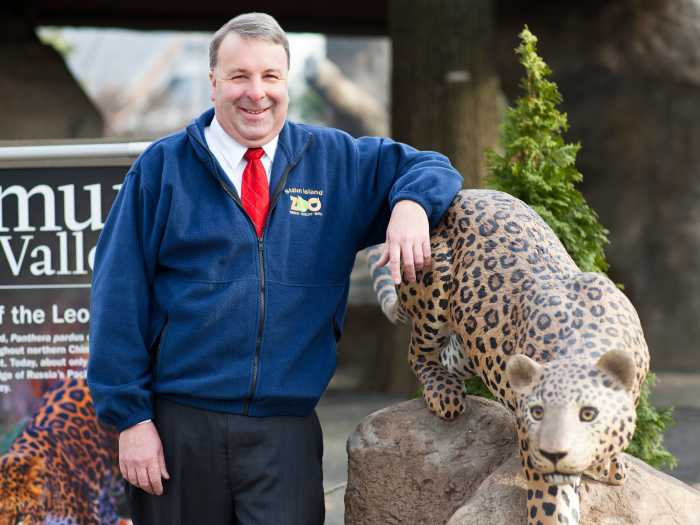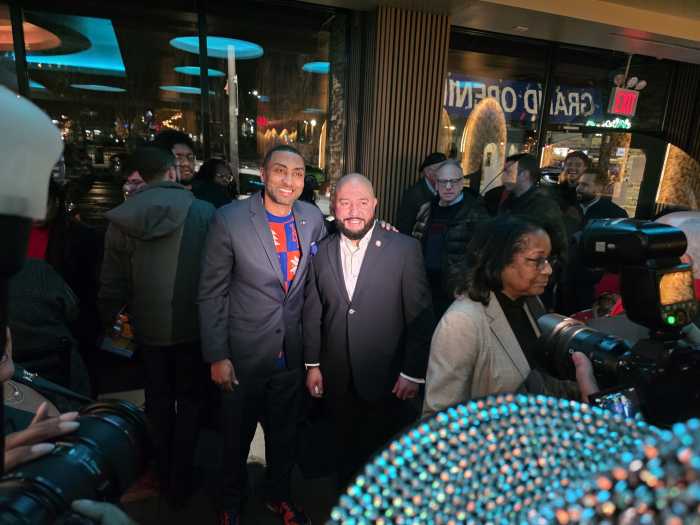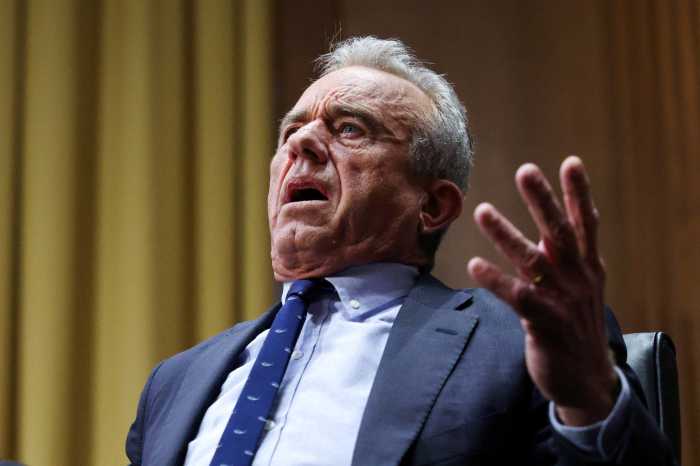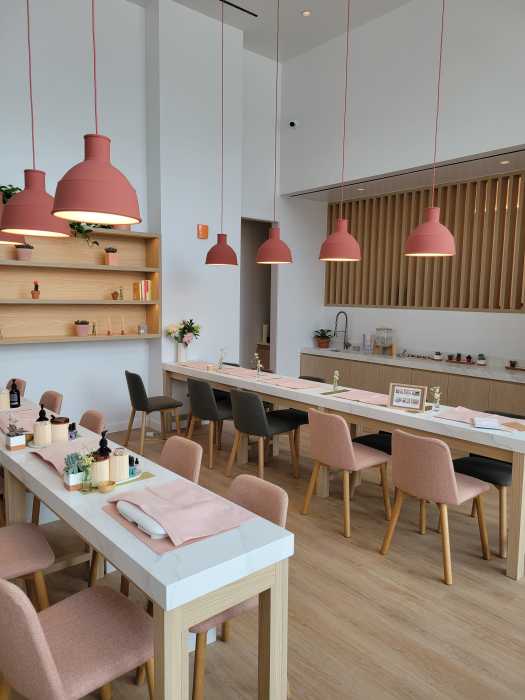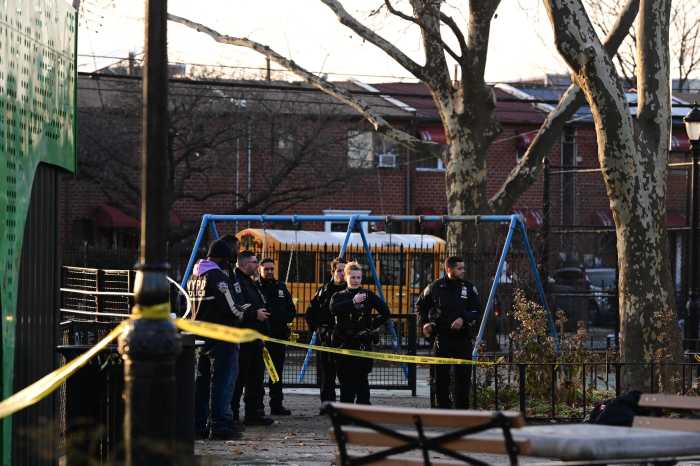Ellen Kodadek has served as executive and artistic director of Flushing Town Hall (FTH) since 2008, transforming it into a global arts hub in Queens. Under her leadership, FTH has expanded its arts council services, regranting over $430,000 to local artists and nonprofits. She launched signature programs, including the acclaimed Global Mashups series and monthly jazz jams. Passionate about cultural diversity, Ellen curates inclusive programming while preserving FTH’s historic landmark building for future generations.
If you could attend any event, show, or exhibit in the city this month, what would it be and why?
With so many incredible events happening around New York City, it’s hard to choose, but I do always love visiting the American Folk Art Museum. It’s a charming, intimate, and fascinating museum near Lincoln Center and the only museum in New York City dedicated to folk and self-taught artists. It’s a true gem.
How can policymakers and everyday New Yorkers support arts and culture within the city?
Policymakers should ensure arts and culture funding is both equitably baselined and increased, as stability is key for organizations to do long-term planning. Artists and cultural institutions deserve support; they come through for New York on a daily basis and every time there is a crisis. New Yorkers can support by visiting museums, attending concerts, becoming members or volunteers, or by joining a board. Be curious and enjoy the city’s vibrant arts scene!
New York has historically been considered the culture capital of the world. How do you feel the city upholds this legacy in 2025?
I’m proud to live in a city with such an incredible array of arts and culture across all five boroughs. However, it’s disheartening to hear firsthand about the struggles artists face. Many global cities staunchly support their artists with new art funding, creative time, affordable living and work spaces, and professional development. All are crucial for both emerging and established artists and organizations. It’s inspiring, and a great deal can be learned and emulated.



